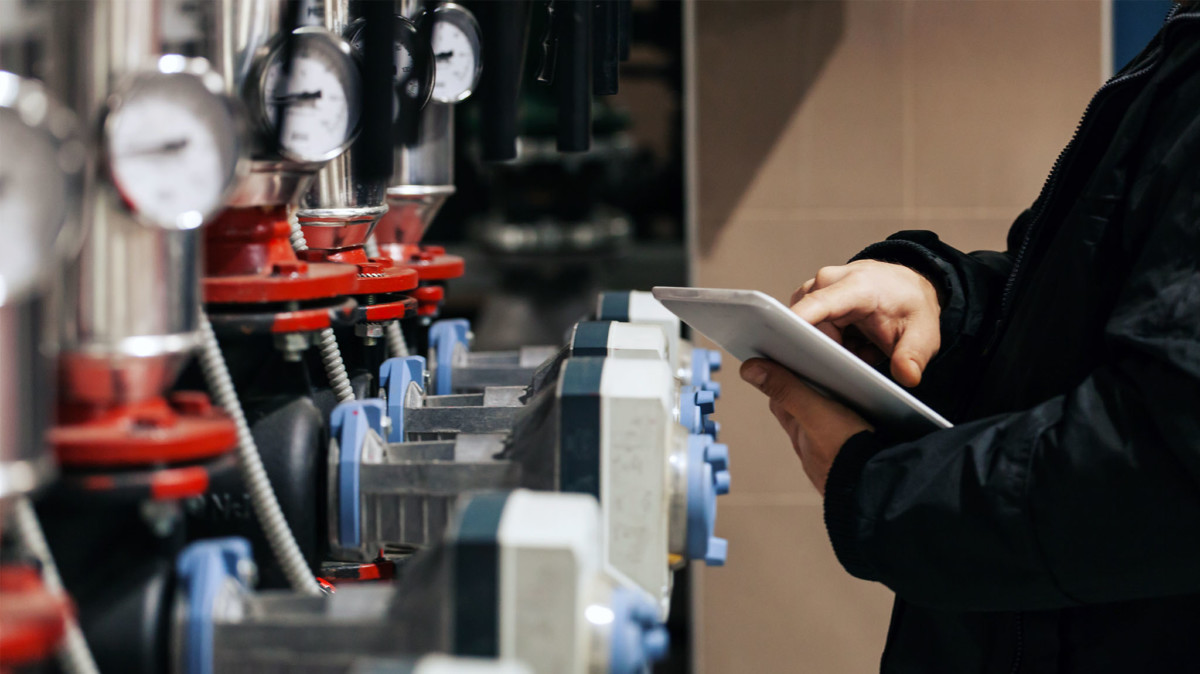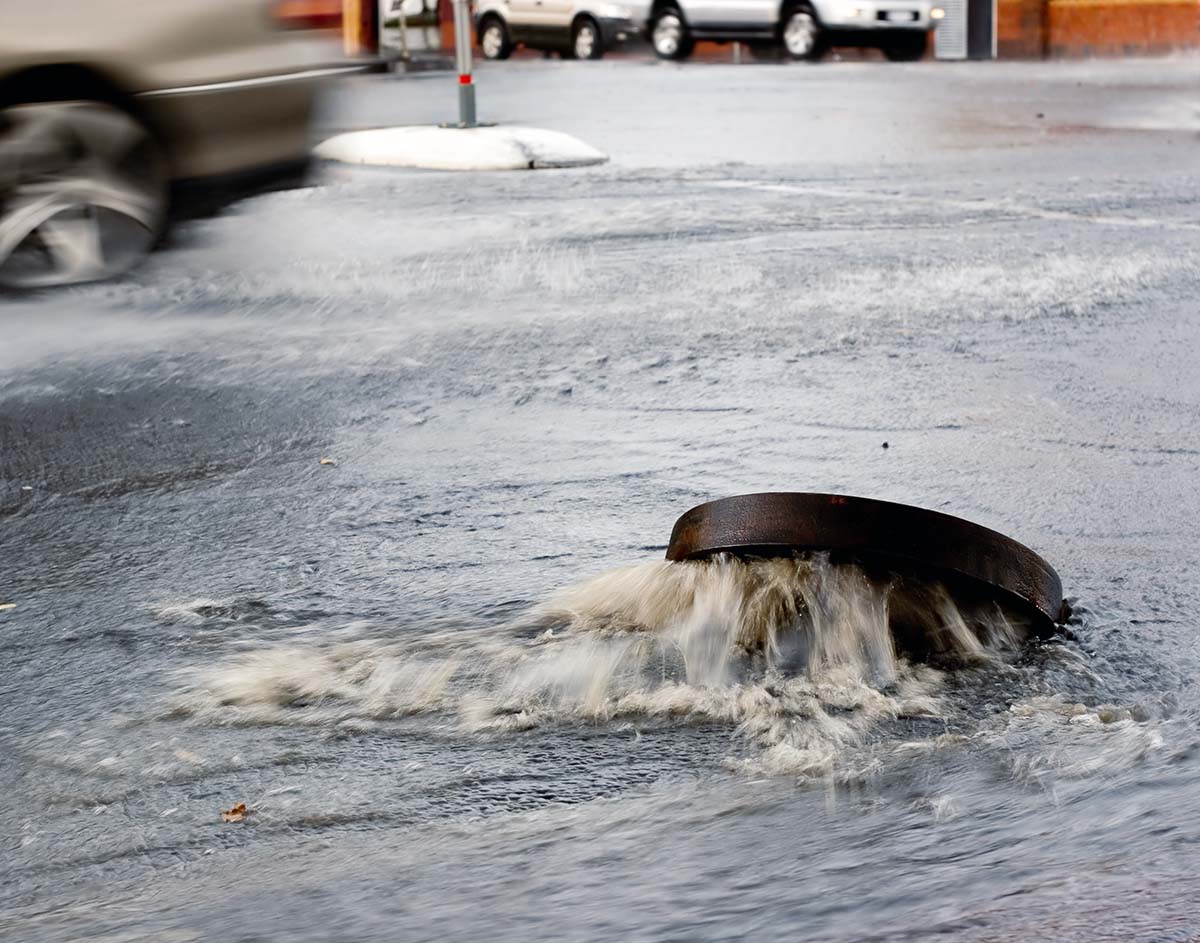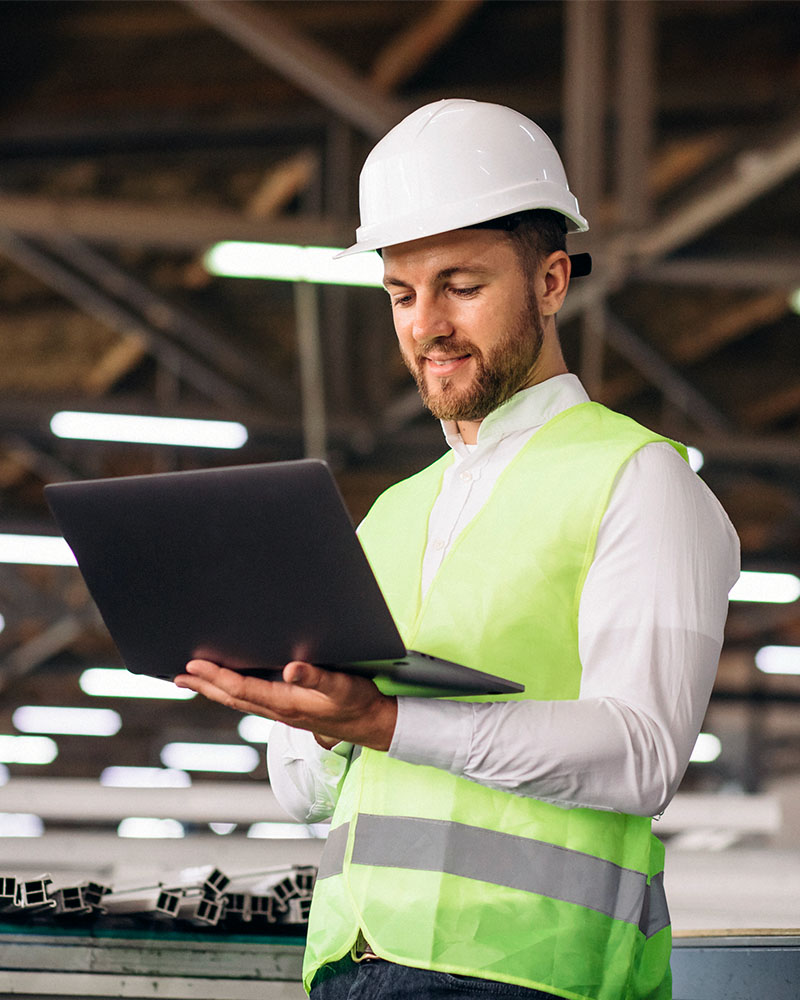Smart Water Technology
Access to clean water is a human necessity. Throughout the world, water systems guide the flow from natural and manufactured reservoirs to consumers. After this initial use, water travels to treatment centers where it starts the cycle once again.
The technology for water distribution has been around in some form for centuries. The ancient Romans built aqueducts to transport water from mountain lakes to busy cities. As new technologies emerge, water distribution and treatment technologies also improve.
The latest innovations in water technology revolve around the flow of real-time data. Smart water systems are poised to address some of the most pressing issues in water system management.
Current Challenges to Water Management
Channeling water from a reservoir to customers is becoming more difficult. Leaky infrastructure, filtration steps, and evaporation can result in the loss of a quarter of the volume of usable water. This non-revenue water is just one of the issues water utilities face.
Aging Infrastructure
Underground pipes keep the water supply safe as it travels. However, many municipalities work with equipment that is over 50 years old. This aging infrastructure is prone to cracks and leaks. Poor pipe quality leads to both water loss and water quality emergencies. If left alone, older equipment will break down and disrupt service.
Growing Demands
Many cities have outgrown the capabilities of their water infrastructure. This causes a decrease in overall water pressure while making the distribution system vulnerable to ground seepage. Additionally, a growing population taxes the ability of the water supply to meet demand. Every drop lost to inefficiencies is a concern
Climate Change
As the climate changes, there is more pressure on water distribution systems. Some regions are going through several seasons of low precipitation. They must rely on conservation efforts and improved efficiency to meet water demands.
Other regions have seen a rise in flood-producing storms. Some older water treatment systems release untreated water to prevent system flooding in an emergency. The changing climate is making such events more frequent with longer periods of flooding.
Innovations in Water and
Environment Technologies
Smart water solutions are a data-driven approach to handling the modern challenges of water distribution.
By analyzing data, water utilities can get a better understanding of the daily cycles of water demand. They will detect minor problems that will only grow with time, leading to better maintenance practices. Real-time data will also help municipalities analyze their readiness to handle floods and develop practical solutions.
Water System Sensors and SCADA
In a water distribution system or wastewater treatment plant, every pipe and valve can provide information. Networked sensors can send data about flow rates, volume, and water pressure. Other sensors will deliver information about impurities and quality around the water treatment process.
Sensors at user locations provide information about customer usage for consistent billing practices. Direct information about water usage also becomes essential when assessing penalties during periods of water restriction.
SCADA technology makes this data readily available on a secure cloud server. In addition, parameters can be set to automatically adjust water levels and chemical feed rates as conditions change. This provides managers, operators, and technicians with a real-time view of the entire system while enabling them to detect anomalies in water pressure or flow rate that indicate a potential leakage. This promotes a productive line of communication between those in the field with those in the office.
Moving to a cloud-based SCADA system increases productivity and efficiency by facilitating a flexible workflow. Instead of having information flow to a central human machine interface, teams in the field can receive data and quickly pinpoint problems.
Real-Time and Historical Data Analysis
Artificial intelligence and machine learning have changed the nature of data analysis. As sensors collect data, it will help establish a baseline of expected system behavior. Historical data will also help operators understand how the system functions under stress from low water levels or heavy rainfall.
Once the team understands normal system behavior, they can set up AI data analysis resources to look for anything unusual. An AI bot will take less time to notice a deviation. This time savings will streamline the repair process.
The same technology that catches problems can also lead to improvements. Real-time data helps teams analyze the performance of new upgrades or changes in operations.
Mobile Applications
When most consumers own a smartphone, mobile apps let water municipalities provide better service. Customers can report water issues with a few taps on the screen. The water utility can send notifications about potential shutoff hours and water quality issues.
Understanding Data-Driven Smart Water Systems

The water management technologies of the future will depend on the open flow of data.
In a water distribution system, sensors will provide information about water storage levels. Pressure sensors throughout the system will help maintain consistency as usage ebbs and flows. Water quality sensors will detect impurities and automatically shut down or divert problematic flows.
A data-driven system will help customers in areas where water is scarce. They can automatically receive information about their water use and conservation efforts. During system repairs or flooding events, users will receive messages about boil-water advisories and service disruptions produced automatically by the system.
Smart Water Benefits
Upgrading an older water system will require an investment in new water technologies. However, municipalities that make this switch will see impressive benefits.
Real-Time Water Use Measurements
In the past, most water distribution system measurements happened at the ends of the journey: the water reservoir and the user’s meter. By installing sensors throughout the system, the utility can see what is happening at any moment in any place.
Improved Water Quality
In water treatment facilities, quality sensors can check the water for impurities as it flows. Addressing water quality problems before they exceed permissible levels will minimize disruptions for customers.
Efficient Water Use
Non-revenue water costs the water industry billions of dollars every year. Without careful monitoring, utilities may not know about leakage until it is time for a significant repair. Real-time water flow information alerts the company about changes in volume as they happen. They can address minor concerns before a systemic failure.
Consistent System Water Pressure
Fire departments depend on consistent water pressure at every hydrant. With smart water technology, the utility can maintain the pressure regardless of usage rates. Controlled pressure also prevents groundwater leaching that affects water quality.
Sensible Maintenance
SCADA sensors send performance information about every piece of equipment, from pipes to pumps. Historical data analysis lets maintenance teams know when things deviate from the norm. This information promotes a proactive approach to maintenance and repairs.
Optimized Expansions and Updates
A wealth of historical data will inform the best ways to increase capacity or upgrade the system. Designers will have a better sense of how their additions should improve performance, streamlining the update process.
Increased Revenue and Decreased Costs
By decreasing the amount of water lost to leakage and increasing the system’s efficiency, utilities will see higher income and lower costs. They can continue to improve the system without dramatically increasing customer rates. Reasonable charges for consumers will make potable water accessible to all.
Implementing Smart Water Solutions
The changing technology of water distribution and wastewater management will transform the work of local providers. The process begins by examining the current system for potential weak spots. An experienced water technology team will then offer strategies and equipment for improved performance and streamlined data gathering, management, and analysis. Data flowing through smart water systems will help water companies improve their current services and handle future challenges.







Share this case study